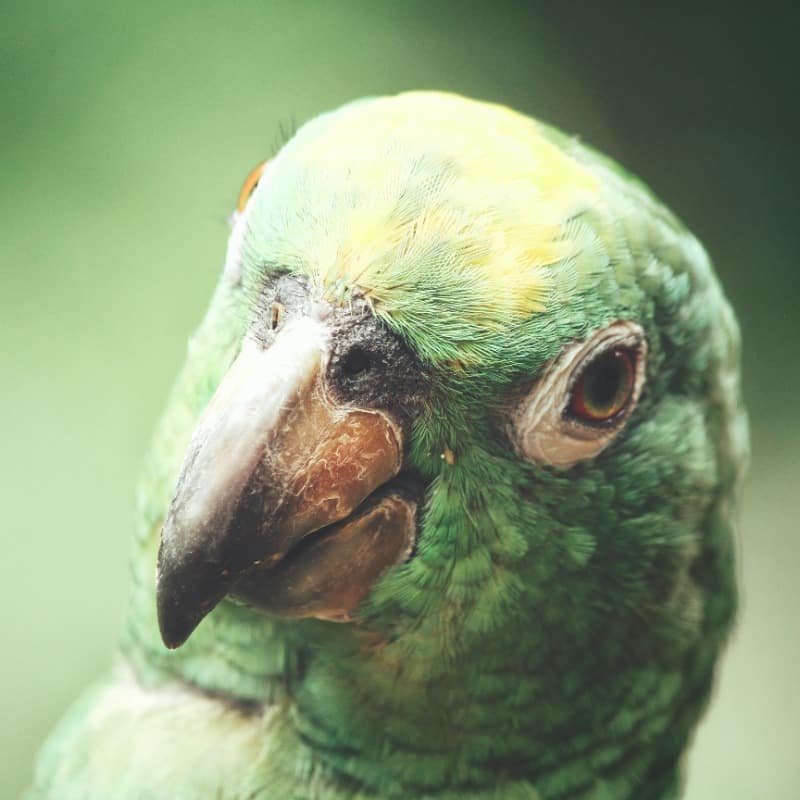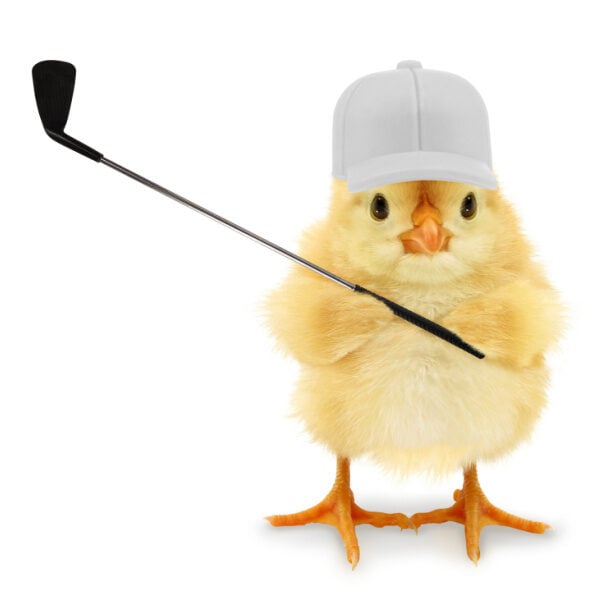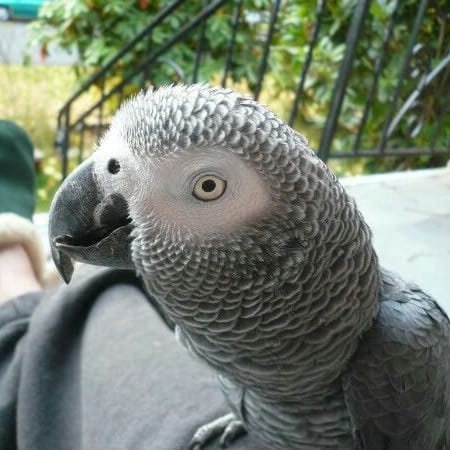
What Do You Really Know About Parrot Speech?
Last Updated on by Mitch Rezman
~OR~ Exploring the Cerebral Pathways of Parrots’ Vocal Proficiencies
As the realm of science advances in intelligence and intricacy, the exploration into a myriad of subjects delves deeper.
Presently, we are not only poised to unearth new and intriguing aspects of reality but also to significantly broaden our understanding through newly revealed pathways.
This expansion propels us into exhilarating new domains, enriching our comprehension of interconnectedness and bridging previously unlinked elements.
Parrots, renowned for their prodigious vocal talents, exemplify this phenomenon. Their ability to replicate a multitude of sounds is well-documented.
In a groundbreaking study, Zhilei Zhao, a Klarman Fellow specializing in neurobiology and behavior at Cornell University’s College of Arts and Sciences, recognized that the rare capacity for articulating words, and phrases, and retaining them is exclusive to a select group of species – certain whales, dolphins, birds, and humans.
Zhao’s fascination centered on the neural mechanisms within the parrot’s brain that facilitate this remarkable ability. He chose parakeets as the representative model to investigate the brain’s role in vocal learning.
The enigma lies in identifying specific brain regions responsible for generating vocalizations and leveraging these for effective communication.
While ongoing studies continue to unravel human vocal pathways, the mechanisms employed by parrots and songbirds to formulate and utilize vocal patterns are particularly intriguing.
The research closely examines the Anterior Forebrain Pathways (AFP) and Posterior Forebrain Pathways (PFP) – essentially the forebrain’s anterior and posterior regions – and their vital functions in creating coherent vocalizations and acoustic structures (the process by which wave motion generates sound).
Recent discoveries highlight that while songbirds and parrots both exhibit distinct vocal learning abilities, their methods differ.
Songbirds typically learn a set repertoire in their juvenile phase, with little subsequent development. They utilize both PFP and AFP regions of the forebrain for varied outcomes.
Deactivating the AFP region impairs the acoustic structure in both parrots and songbirds.
Unlike songbirds, parrots, akin to humans, continually employ both AFP and PFP regions to acquire an ever-expanding array of vocalizations as they mature. However, isolating the PFP in parrots diminishes their acoustic structure, an effect not observed in songbirds.
This insight enhances our understanding of the unique neural pathways parrots and humans utilize for learning and effective communication.
Zhao’s current endeavors include developing an AI to analyze parrot vocalizations, aiming at pattern recognition and predictive analysis. This may soon unveil the mysteries of parrot communication, both communal and individual.
The complexity of this study may confound the average individual seeking to grasp the intricacies of parrot vocalization.
However, as scientific exploration progresses and further studies emerge, we edge closer to comprehending the full scope of development and communication through the brain.
The ability of humans, parrots, and numerous other beings to communicate is a remarkable facet of nature.
Deepening our understanding of this phenomenon promises to revolutionize communication, enhancing its potential for greater advancements.
In previous research, Zhao played a pivotal role in identifying factors that attract mosquitoes to humans.
His contributions led to significant breakthroughs in genetics, chemistry, and the model of neuroscience, culminating in a comprehensive understanding of the mosquito olfactory system.
This knowledge is poised to accelerate further studies in this field.
Written and Approved by Mitch Rezman and the Windy City Parrot Content Team
Author Profile
Latest entries
 The Traveling BirdJune 26, 2025Can You Name 5 Parrot Species That Are Living Wild in the USA?
The Traveling BirdJune 26, 2025Can You Name 5 Parrot Species That Are Living Wild in the USA? Bird BehaviorJune 26, 2025How is it Parrots Are Problem Solvers Social Animals and Even Use Tools?
Bird BehaviorJune 26, 2025How is it Parrots Are Problem Solvers Social Animals and Even Use Tools? Bird & Parrot AnatomyJune 25, 2025How a Tiny Chemical Modification Makes Parrots Nature’s Living Paintings
Bird & Parrot AnatomyJune 25, 2025How a Tiny Chemical Modification Makes Parrots Nature’s Living Paintings PigeonsJune 20, 2025How Do Parrots Thrive in Cities Outside Their Native Habitats?
PigeonsJune 20, 2025How Do Parrots Thrive in Cities Outside Their Native Habitats?


